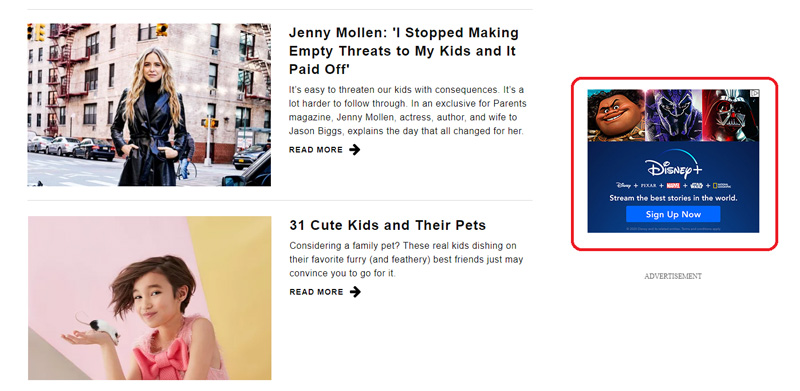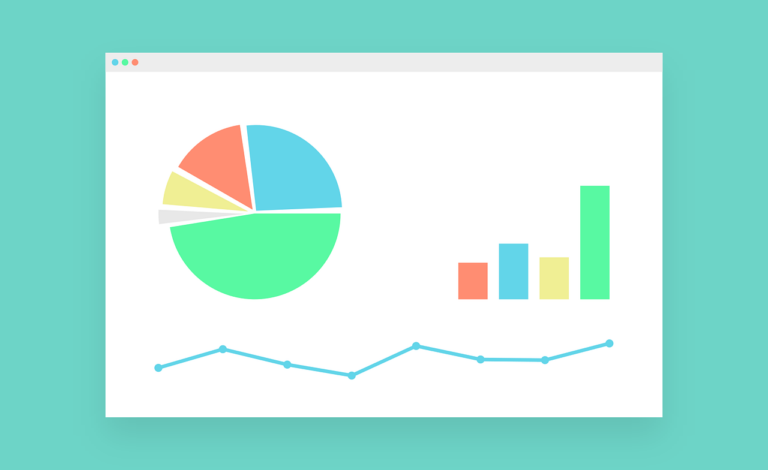Native Ads vs Banner Ads: What Are The Pros And Cons?
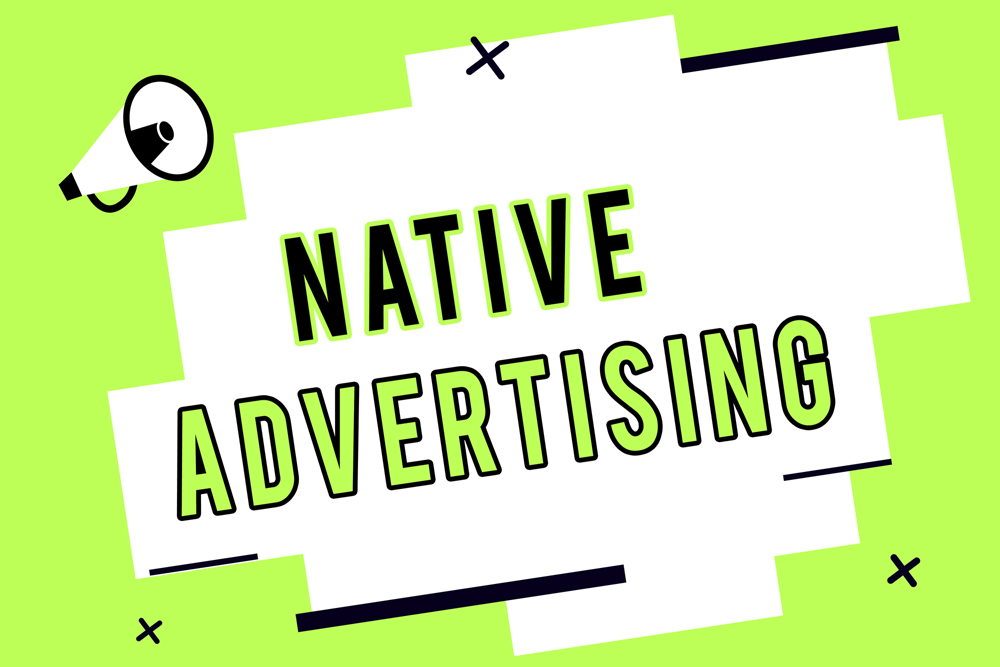
These days businesses have lots of choices when it comes to digital advertising as there are various types of online advertisements that help to attract an audience in a cost-effective way. Two of the most popular and frequently selected options are banners ads and native ads.
It goes without saying that banner ad campaigns have been around since the origin of online advertising and they are still in high demand. However, when native ads appeared, they took a big market share and now occupy their own part of the niche.
One of the most common questions here is what are the main pros and cons of native ads vs banner ads, and which ad campaign to choose to achieve the best results for your business. Let’s dive in to find the answer.
What Are Banner Ads?
You have obviously seen a lot of banner ads while visiting different web resources. These banners, which are also called display ads, usually appear at the top of a webpage or are placed across the website next to the main content.
Display advertisements have varied sizes and formats. They can be designed as static banners with just text and image or they may include audio, video, or animation content in order to capture the attention of the target audience and even interact with potential customers. The only thing that never changes is that they always contain a link that leads to the advertiser’s webpage where you can learn more about the product as well as purchase it.
Types Of Banner Ads
Banner ads vary according to different targeting options and their main function. Let’s review the most common types of display advertising.
- Remarketing ads, which are also known as retargeting ads. This is a type of personalized advertising when a banner offers the same products that a visitor was previously interested in.
- Placement-targeted ads. In this case the advertiser has the possibility to pick the ad placement (websites or even specific webpages) where the ad will be displayed.
- Interest-based ads. This type of ad is shown to people who have demonstrated a keen interest in products that match the advertiser’s business.
- Contextually targeted ads are those which are related to the content of the website where they are placed based on keywords or topics.
Below you can see several examples of banner ads. The first one is a static ad displayed on a website for parents. We can see that the ad shows kid-related content which is relevant to the main site’s theme.
The next one is a remarketing ad featuring several types of beds that were viewed earlier.
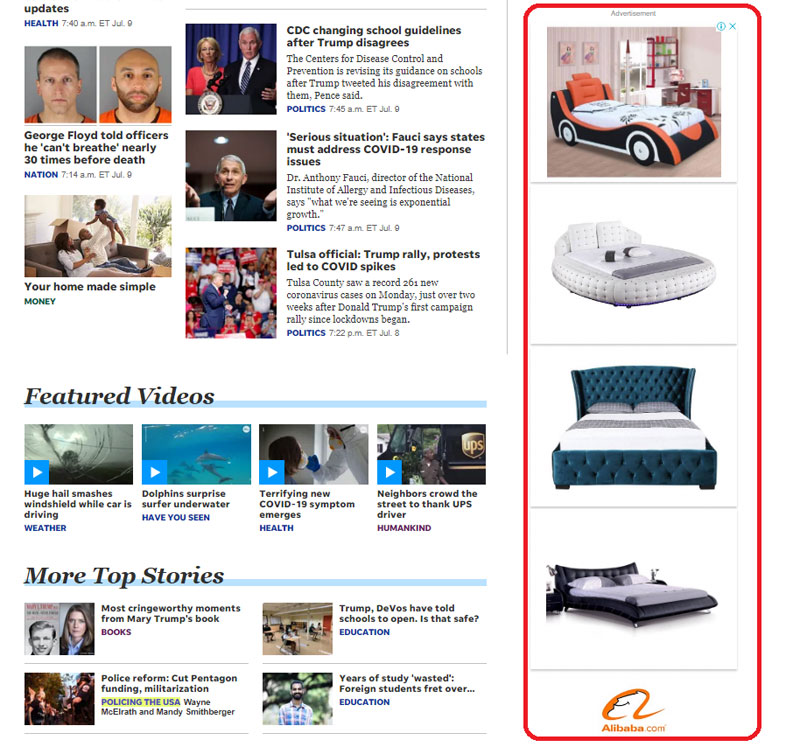
The next banner is not placed on the right side, but at the top of the page before the main website content, which is also a popular place for display ads.

Pros And Cons Of Banner Ads
In order to select the right marketing strategy, we need to define the main advantages and disadvantages of display advertising for your business. So the pros will be following:
- Easy to set up. It’s not difficult to design and place banners as they can be sized in order to fit the ad space and they don’t require any complicated integration with publishers’ websites.
- Attract attention. With the help of high-quality images, animations, 360 degree videos, and interactive elements, these ads capture a potential customer’s attention even if the person is just scrolling the page and doesn’t read the text content.
- Increase brand awareness. Unlike native ads, display ads contain a brand logo and are designed in the corporate colors, which helps people recognize and remember the brand.
- Price flexibility. It is possible to adjust the campaign according to your budget. You can start with a relatively small budget and begin to increase it when the business starts growing.
These ads also have their cons:
- Lower visibility. As today’s world is full of different offers, consumers are used to seeing a lot of online ads, which has led to people completely ignoring advertisements (banner blindness).
- Low banner ad click-through rates. Compared to other forms of online advertising, click-through rates for banner ads are lower, which results in a lower conversion. Across all formats and placements, the average CTR for display ads in May 2020 was just 0.05%.
- Ad blocking. As people see a lot of ads every day, they start getting annoyed by blinking text and pop-ups which block the content, thus they install ad blocking software in order to avoid seeing ads.
What is Native Advertising?
The basic definition of native advertising is that this type of online ad matches the look, feel, and function of the platform on which they appear. Thus, unlike banner ads that clearly stand out from the original website content, native ads merge with the editorial content and look like a part of the website.
If we compare banner ads vs native ads, native advertising is a relatively new format of promoting products, but its popularity is constantly growing. Many marketers have already tried native ads and figured out where native ads are effective and how to use them. According to this resource, by the end of 2020, advertisers will devote almost two-thirds of display budgets to native ads.
One more interesting fact is that native ads have been constantly developing and changing. Modern online ads appear in different shapes, which include sponsored articles, in-built videos, or widgets with recommended products that totally look like the platform’s editorial content. Thus, in combination with content marketing, native ads have become a very strong tool to attract an audience and promote products.
Types Of Native Ads
In order to understand how native ads can fit in with the original website’s content, let’s review several commonly used native advertising formats.
- In-Feed Units. They promote sponsored content and are displayed along with original publications in the news feed of social networks or websites. They are usually developed by a publisher and a sponsoring advertiser.

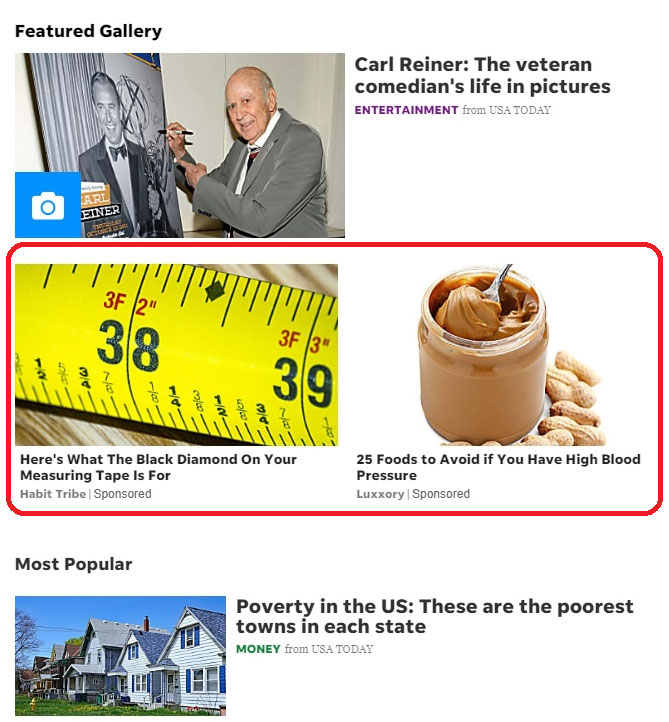
- Custom Ads. Units that generally match the look and feel of the website but are placed separately from the newsfeed in their own format. They are usually used by news and entertainment sites.
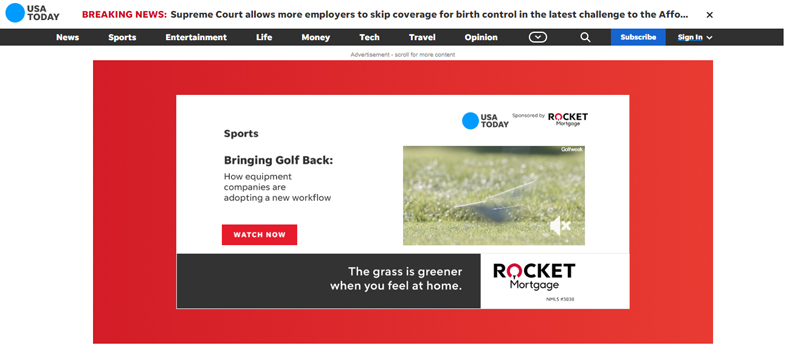
- Recommendation Widgets. Sponsored recommendations integrated in widgets which usually appear underneath or on the side of the webpage matching the original content format.
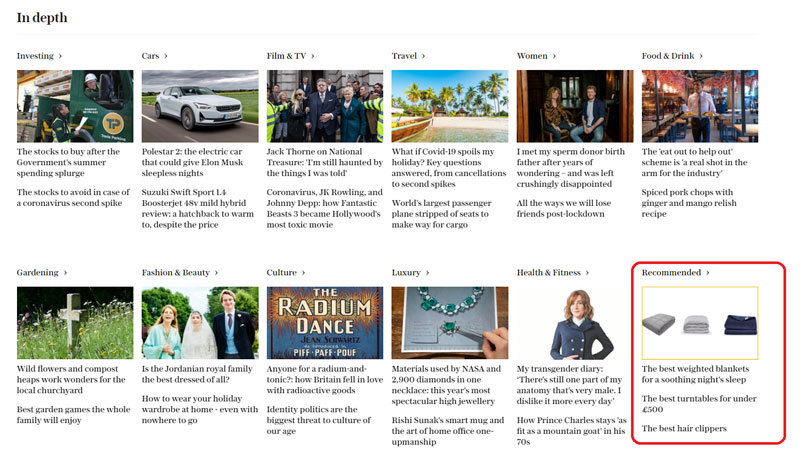
- Sponsored Lists. These ads are usually published on e-commerce websites and don’t have editorial content. They are displayed as lists of sponsored products.
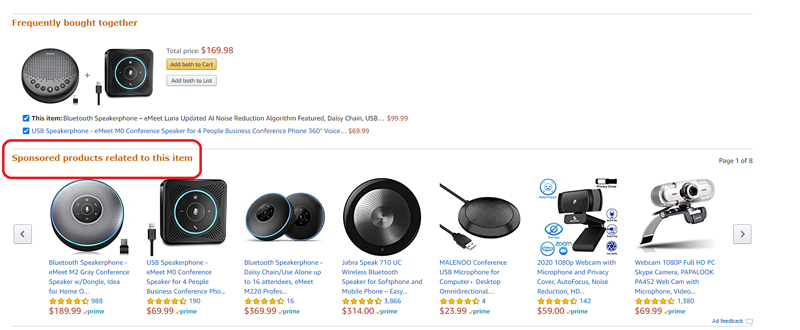
Pros And Cons Of Native Ads
The popularity of native ads is growing as they can really help boost your business marketing strategy. The main pros of this type of digital ad are the following:
- Easy targeting. With the extensive targeting options available, it is easy to reach people interested in a particular product with related content. With Rontar’s Native Advertising, you will be able to narrow down your audience to attract high-intent traffic.
- High perception. Unlike banner ads which are typically ignored by visitors, native ads do not look like traditional ads and, thus, receive greater attention from consumers. According to a study, website visitors looked at native ads 53% more frequently than display ads.
- Credibility. Content which is co-created by the publisher rather than just the advertiser gains more consumer trust.
- High CTR. Higher perception and credibility leads to higher engagement with native ads, which results in a high number of clicks. Native ad CTR can even be 8,8 times higher than average display ad CTR.
- Higher effectiveness. As consumers do not have tools to block this type of ad, the possibility to reach targeted visitors increases.
Cons:
- Reader confusion. Users sometimes do not realize that they are reading sponsored content, which could result in a negative perception of the product instead.
- Higher price. Native ads can be more expensive than, for example, retargeting ads or other types of digital advertising. Regardless, money spent on native advertising with the right targeting settings will provide good results.
Final thought
Both display and native ads have their pros and cons, but with the right strategy they will positively affect your business. You just need to define which form of advertising better suits your current needs. If you want to increase brand awareness or have a rather limited budget to start your ad campaign, you could use banner ads. But if you want to attract more targeted traffic, you should opt for native advertising.

